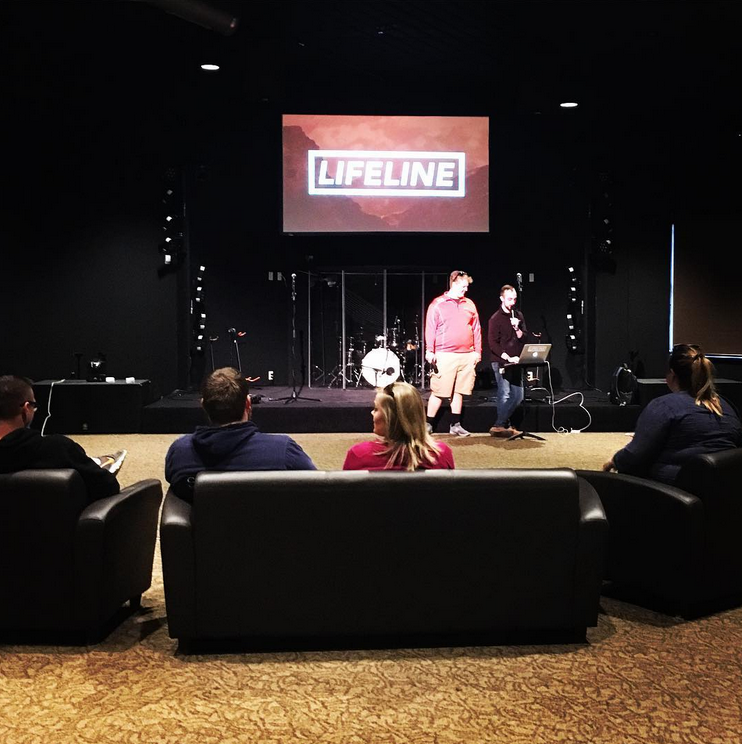When it comes to improving as a communicator, practice has made a huge difference for me. But, practice, while a very good discipline, isn’t as impactful as taking one additional step. That step is inviting feedback. If you’re working to improve as a speaker, it is absolutely imperative that you seek feedback. Because, as the saying goes: Practice doesn’t make perfect…it makes permanent. You could very well practice for hours only to perpetuate distracting mannerisms, nervous twitches, or filler words like “ummm.”
Let’s be real, we all know that one communicator who always says or does super awkward and distracting things….you don’t want to be that guy and I don’t either! So, we need to invite feedback. But, let me warn you. Feedback hurts. It can be deflating but it is a crucial step in mastering the art of speaking.
So, if you’re interested in seeking feedback, here are two simple steps to get you moving in the right direction.
VIDEO YOURSELF
About three years ago, I became the primary communicator in our student ministry, which involves teaching through video 2x a month. The funny thing about video is that you get to watch yourself. Let me tell you how awful this experience was in the early days! I found myself saying, “Why in the world do I move like that?” “I blink my eyes every millisecond!!!” “I have to stop saying ‘like.’ and “Wow, I used used the word ‘hugely’ 14x in a 7 minute video.”
It was incredibly enlightening (and humbling) to watch myself teach. I discovered all sorts of things that I do that are distracting or confusing. And yes, it was wickedly deflating. But over time, I have improved dramatically just by watching myself. Now, we video every teacher in every environment so that we can learn and grow as communicators.
So, I would encourage you to video yourself teaching. At first, you’ll basically want to die. And to be sure, you will be harder on yourself than anyone in the audience but I guarantee it will help you sharpen your skills and ditch a few distracting habits.
INVITE CRITIQUE
If there’s one thing we’ve done in the last year that has helped our student ministry teaching team improve, it is inviting critique. In our ministry, every large group teaching gets a test drive in front of our team about a week before we go live. And whoever that lonely soul is, who is practicing that day, gets a heavy dose of feedback from all of us. In fact, we practice everything that will be said from the stage, including the welcome, games, and announcements. This practice run-through has dramatically improved our program and the teaching in particular.
I realize that many of you don’t work on a team of student pastors but I bet you do have other student pastors in your area. And, I bet those other student pastors want to improve as communicators. What if you created a network where the goal was to offer each other helpful feedback on your teachings? Sure it would be awkward at first, but I’m telling you, the payoff would be tremendous.
If that sounds awful, invite a volunteer to give you feedback or ask a teaching mentor to watch a video of you teaching and offer you a few thoughts. If you don’t have anyone in your life to help you out with this, I’d be happy to give you my 2 cents. Just email me a link.








